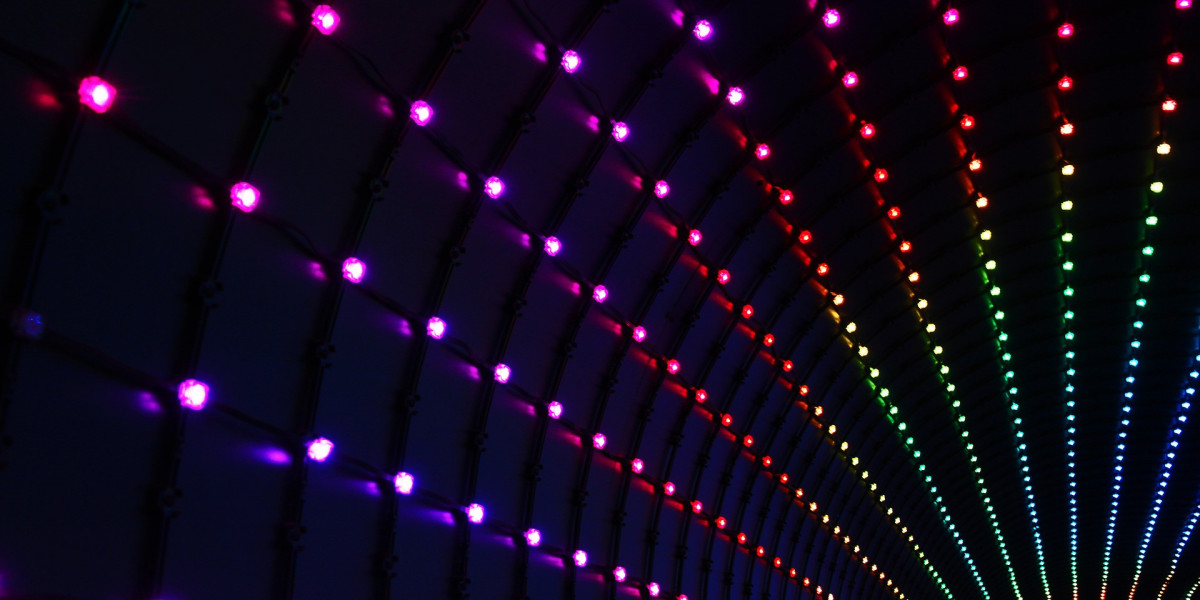>>> See More Dive into Brilliance: Understanding LED Lighs Technology
Identify the Type of Connection Used
The first step in reconnecting your LED strip lights is to identify the type of connection used. There are two main types: soldered connectors and solderless connectors. Soldered connectors require the use of a soldering iron to heat up the existing solder and add new solder if necessary. On the other hand, solderless connectors can be reconnected using pliers or wire strippers to remove any damaged wires and reinsert them into their respective slots.
It is essential to ensure proper alignment and polarity before reconnecting the connectors. This is important because connecting them incorrectly can damage your LED strip lights or even pose a safety hazard.
How to Install and Cut LED Strip Lights
Installing LED strip lights can be a fun and creative way to add extra lighting to your home or workspace. Before you begin, it is crucial to measure the length of the area where you want to install the LED strip lights and cut them accordingly.
To measure the length, use a measuring tape or ruler to measure from one end of the area to another. Mark the measurement on the LED strip lights using a pencil or marker. Cut the LED strip lights along the designated cut lines using a sharp pair of scissors or a utility knife. Cutting in the wrong place can damage the strip lights beyond repair, so make sure to cut along the designated lines only.
Before installing the LED strip lights, prepare the surface by cleaning it thoroughly with a dry cloth. Remove any dust or debris that may prevent proper adhesion. Ensure that the surface is completely dry before proceeding with the installation as moisture can affect adhesion. After preparing the surface, peel off the adhesive backing from the LED strip lights and carefully place them onto the prepared surface. Press down firmly on all parts of the installed LED strip lights to ensure proper adhesion and prevent detachment later on.
After successfully installing the LED strip lights, it's time to connect them to a power supply. Make sure to match the positive and negative terminals correctly to avoid damaging your LED strip lights. Most LED strip lights come with connectors that allow for easy connection to a power supply. Simply plug in the connector into the designated port on your LED strip light and then connect it to the power supply. It is essential to check your LED strip light's specifications before purchasing a power supply to ensure compatibility.
>>> See More Troubleshooting LED Light Strips Why Is Only One Of My LED Light Strips Working?
Fixing and Using Cut LED Strip Lights
Cutting LED light strips can be a useful skill for any DIY enthusiast. To cut LED light strips correctly, locate the designated cut points marked on the strip. Use a box cutter or scissors suitable for use on electronics to make the cut. Cutting in the wrong place can damage the strip lights beyond repair, so make sure to follow the designated cut lines precisely.
After cutting the LED light strip to size, you may need to reattach wires or connectors to ensure proper functionality. If you're unsure about how to reconnect your LED light strips, consult online resources for step-by-step instructions or seek professional help to avoid causing irreversible damage.
When handling LED light strips during the cutting and reconnection process, handle them with care to prevent damage. Use wire strippers instead of scissors when reattaching wires or connectors after cutting the LED light strip for more precise cuts and reduced risk of cutting the wrong wire. Test your LED light strips before permanent installation to ensure everything is working correctly and make any necessary adjustments.
>>> See More How to Safely Remove Led Lights From Wall








